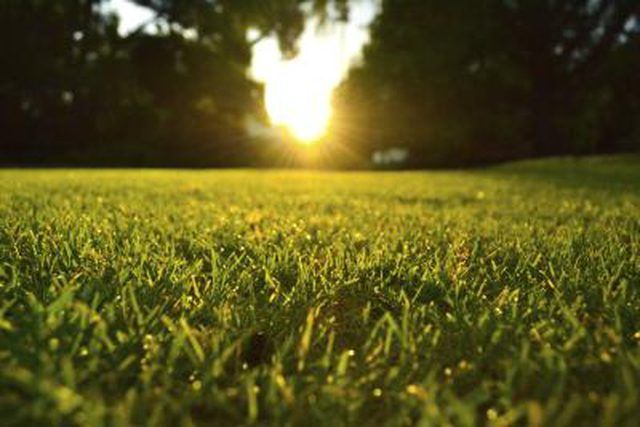Bulbs
Flower Basics
Flower Beds & Specialty Gardens
Flower Garden
Garden Furniture
Garden Gnomes
Garden Seeds
Garden Sheds
Garden Statues
Garden Tools & Supplies
Gardening Basics
Green & Organic
Groundcovers & Vines
Growing Annuals
Growing Basil
Growing Beans
Growing Berries
Growing Blueberries
Growing Cactus
Growing Corn
Growing Cotton
Growing Edibles
Growing Flowers
Growing Garlic
Growing Grapes
Growing Grass
Growing Herbs
Growing Jasmine
Growing Mint
Growing Mushrooms
Orchids
Growing Peanuts
Growing Perennials
Growing Plants
Growing Rosemary
Growing Roses
Growing Strawberries
Growing Sunflowers
Growing Thyme
Growing Tomatoes
Growing Tulips
Growing Vegetables
Herb Basics
Herb Garden
Indoor Growing
Landscaping Basics
Landscaping Patios
Landscaping Plants
Landscaping Shrubs
Landscaping Trees
Landscaping Walks & Pathways
Lawn Basics
Lawn Maintenance
Lawn Mowers
Lawn Ornaments
Lawn Planting
Lawn Tools
Outdoor Growing
Overall Landscape Planning
Pests, Weeds & Problems
Plant Basics
Rock Garden
Rose Garden
Shrubs
Soil
Specialty Gardens
Trees
Vegetable Garden
Yard Maintenance
Lawn Rust Treatment
Lawn Rust Treatment. If a stroll in the grass leaves your shoes streaked orange, think rust. Lawn rust has nothing to do with oxidizing iron; it refers to pathogens that attack grasses, especially certain turfgrasses. As your mother told you, an ounce of prevention is worth a pound of cure, and good cultural practices prevent and provide the best...

If a stroll in the grass leaves your shoes streaked orange, think rust. Lawn rust has nothing to do with oxidizing iron; it refers to pathogens that attack grasses, especially certain turfgrasses. As your mother told you, an ounce of prevention is worth a pound of cure, and good cultural practices prevent and provide the best cure for lawn rust.
Warm Air, Wet Grass
Almost 5,000 different species of rust exist, but about only 10 attack turfgrass. Rust pathogens develop when the weather is warm for an extended period and the grass is consistently moist. If the turfgrass is deficient in nitrogen, it is much more vulnerable to the disease. The grasses most often attacked by rust are Kentucky bluegrass (Poa pratensis), which is hardy in U.S. Department of Agriculture plant hardiness zones 3 through 7, perennial ryegrass (Lolium perenne, USDA zones 3 through 9), zoysiagrass (Zoysia spp., USDA zones 6 through 9) and tall fescue (Festuca arundinacea, USDA zones 3 through 8). These turfgrasses tend to escape cultivation and are considered invasive in some states.
Culture First
People generally get rid of lawn rust by following good cultural practices, and that should be your first step in treating rust. Although you cannot change the air temperature outside, you can take steps to reduce the wetness of your grass. Irrigate your lawn only in the early morning so that the sun can dry the grass blades by early afternoon. Irrigating in the evening results in a damp lawn all night. Avoid excess water on your lawn, but water regularly in times of drought because water stress makes grass more vulnerable than normal to disease. Pruning nearby shrubs will increase airflow across the lawn.
Mowing and Raking
It might seem that mowing a diseased lawn could stress the blades and be detrimental, but mowing and raking up clippings are critical parts of dealing with lawn rust. As you remove the cut grass, you eliminate rust spores. Mow to the correct and recommended height for your kind of turfgrass; don't mow it lower, however, because reducing grass height can have a negative impact on the root system. Immediately rake up and remove the cut grass.
Soil Test
Because nitrogen deficiency makes turfgrass vulnerable to rust, it makes sense to test your lawn's soil to determine its nitrogen levels. Soil tests do not test nitrogen levels, however, because the nutrient leaches easily from soil. If you have not done so in the recent past, test your soil to ensure that other nutrient levels -- such as phosphorus and potassium -- are adequate. Home soil testing kits are available at garden stores. Get a good soil sample by taking about 12 vertical slices of soil as deep as the roots of your grass, generally about 4 inches. Mix the soil slices together thoroughly, and then remove 1 cup to use for testing. Dry it on a piece of paper before testing it.
Lawn Nutrients
Apply a granular, slow-release, nitrogen fertilizer with or without other nutrients, depending on the soil test results, to your lawn. The lawn should be watered thoroughly a few days before it is fertilized, however. Broadcast about 1 pound of the nitrogen fertilizer for every 1,000 square feet of lawn each time you fertilize. Apply it with a drop spreader, if you have access to one, pushing it up and down the lawn like a lawn mower and overlapping its wheel marks. The fertilizer also can be applied by sprinkling it by hand or by using a walk-behind push broadcaster or a handheld broadcaster that you carry up and down the lawn, turning the tool's handle. In every case, overlap the rows to ensure complete coverage. Apply the fertilizer once in early November, about two weeks after cutting the grass. Repeat the application near Memorial Day and again near Labor Day. Water the lawn well after you fertilize.